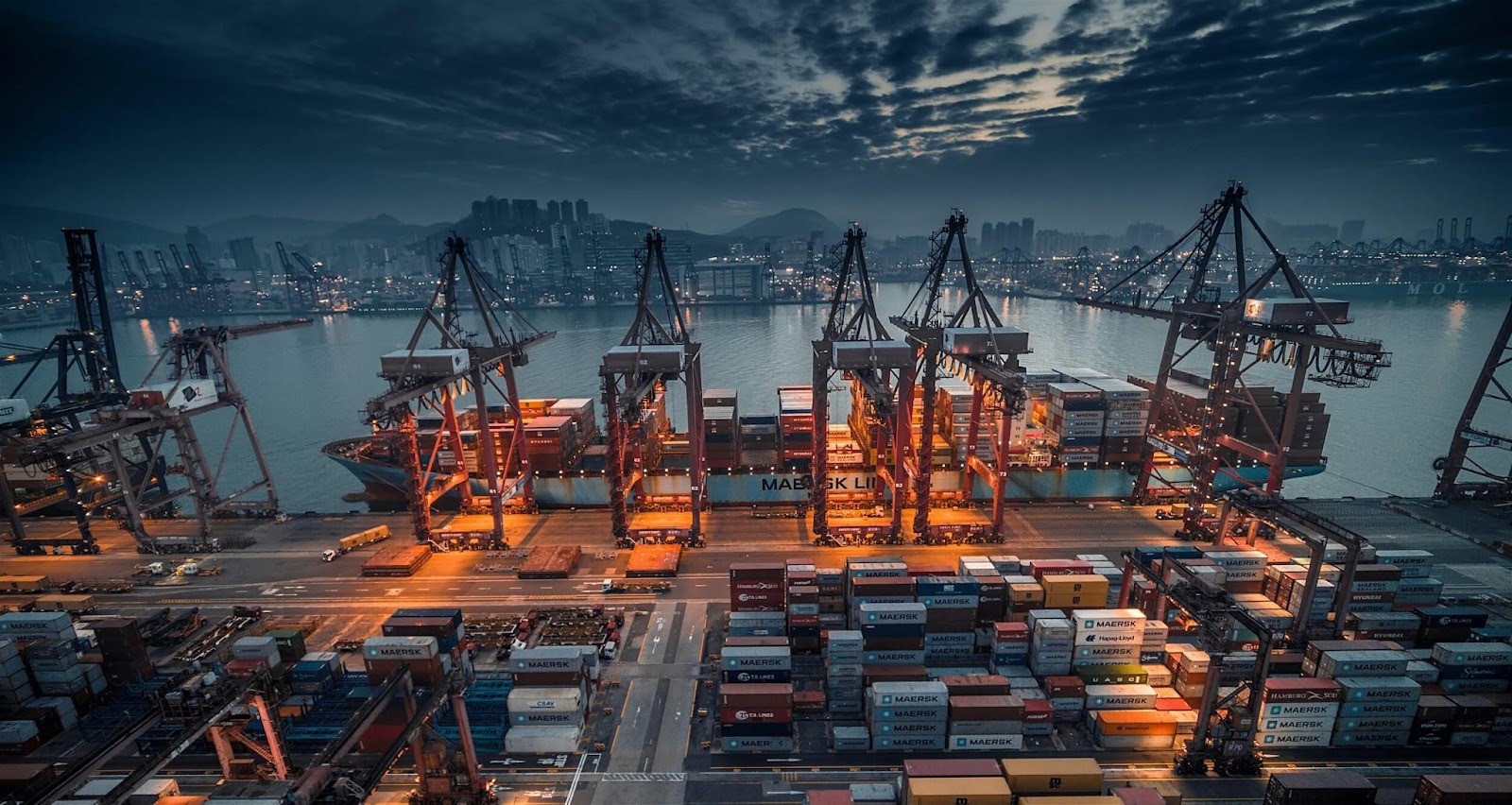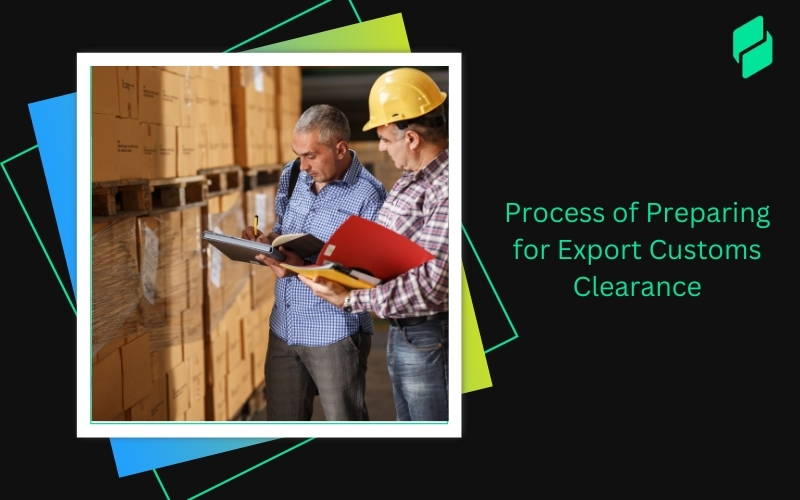Optimize your business: use unlimited savings with Pazago fulfilled now!
Get Started ->TL;DR
- Common port charges include fees for cargo handling, storage, berthing, and documentation.
- Key charges are Port Handling Charges (PHC), Terminal Handling Charges (THC), demurrage, detention, dock dues, and wharfage.
- Charges vary based on port infrastructure, cargo type, shipment volume, and port management (public vs private).
- Avoid demurrage and detention fees by planning timely customs clearance and container pickups.
- Digital tools like Pazago help track shipments, compare charges, and optimise logistics to reduce costs.
When shipping goods internationally, common port charges are a significant component of your total logistics costs. These fees cover essential services like cargo handling, storage, documentation, customs clearance, and more.
A Dun & Bradstreet study found that port logistics costs in India alone average 15% of the consignment value, with some East Coast ports reaching around 16%. Whether you're an exporter, importer, or logistics manager, understanding these charges is crucial for accurate budgeting and seamless operations.
This blog will cover the most common port charges and explain what you can expect at each stage of the shipping process.
What are Port Charges?
Port charges are fees levied on vessels, containers, and cargo as they pass through a port. These charges help maintain port infrastructure, cover operational costs, and ensure smooth cargo handling and vessel movement. They are typically paid by shipping lines, freight forwarders, or importers/exporters, depending on the nature of the transaction.
It's essential to distinguish between port charges and port dues. Port charges are a broad term encompassing all fees related to using port facilities and services, including cargo handling, storage, berthing, documentation, and other related expenses.
On the other hand, port dues specifically refer to charges imposed by the port authority for the use of port infrastructure like berthing fees, dock dues, and wharfage charges.
In the Indian context, these charges can form a significant part of the overall logistics cost. They are imposed by different stakeholders, including:
- Port Authorities: For using port facilities like berths, docks, or warehouses.
- Terminal Operators: For loading, unloading, and storage services
- Customs and Documentation Agencies: For processing and clearance
Understanding the types and structure of these port dues is essential to avoid cost overruns and delays.
Also Read: Key Elements of Implementing a Logistics Management System
Now that you’re clear on the basics let’s go over the most common port charges you’ll likely encounter when importing or exporting through Indian ports.
Breakdown of Common Port Charges in India
Understanding the structure of port charges is essential for importers, exporters, and logistics partners. These charges can significantly affect your total shipping cost. Here’s a closer look at the most common port-related fees in India and what they typically cover:
1. Port Handling Charges (PHC)
These are levied for handling cargo during loading or unloading at the port. Charges vary depending on:
- The size of the container (20 ft, 40 ft)
- The type of container (standard, reefer, hazardous)
- The nature of the cargo (bulk, breakbulk, containerised)
Why it matters: It's a fixed cost you’ll incur on every shipment. Knowing the PHC per port helps in forecasting total logistics expenses accurately.
2. Terminal Handling Charges (THC)
Charged by the terminal operator for managing container movements within the terminal premises. This includes services such as crane operations, container stacking, and internal transport.
Why it matters: THC can vary significantly based on the port, terminal type (private vs. government-operated), and the nature of the cargo. It often represents a substantial portion of port-related expenses, so understanding how it’s calculated can help you plan your logistics costs more effectively.
3. Demurrage Charges
Applied by the port when containers are not cleared within the allowed “free time” (usually 3–5 days). Charged per day and escalates the longer your cargo sits uncollected.
Why it matters: Delays in customs clearance or transport can quickly inflate your total port cost. It’s critical to plan your last-mile logistics.
4. Detention Charges
Levied by the shipping line for containers kept beyond the agreed free period after they’ve been removed from the terminal.
Common scenario: When importers use the container for storage or face internal transport delays.
Why it matters: These charges are different from demurrage and can sometimes overlap, doubling the cost burden if not managed carefully.
5. Dock Dues
Charged by the port authority for using port infrastructure like lights, water supply, port roads, and maintenance services. Rates vary based on cargo type and quantity.
Why it matters: Dock dues are calculated on the value or tonnage of the cargo, so that high-value shipments may attract higher fees.
6. Berthing Charges
Fees paid by the shipping line to dock a vessel at a berth. These are calculated based on:
- The vessel’s gross tonnage
- Duration of stay at the berth
- Time of arrival (some ports have peak hour surcharges)
Why it matters: While this is a shipping line cost, it can be indirectly passed on to the consignee through freight charges.
7. Wharfage Charges
Imposed for the use of the wharf to load or unload cargo. This charge is typically calculated based on the weight (tonnage) or container count, depending on the cargo type.
Why it matters:
Wharfage is one of the oldest and most common port charges. It continues to apply to nearly all types of cargo operations and contributes directly to overall shipping costs. Understanding this fee is essential for accurate cost forecasting.
8. Documentation Charges
Covers costs related to processing port-related paperwork, such as:
- Customs entry and clearance forms
- Port Trust receipts
- Electronic Data Interchange (EDI) fees
Why it matters: Delays in document submission can delay cargo clearance and result in additional time-based charges, such as demurrage.
9. Booking Fee
Charged by the shipping line or freight forwarder for reserving cargo space on a vessel.
Why it matters: Booking early may reduce your fee, but late bookings or last-minute changes can lead to higher charges or space unavailability.
10. Early Arrival / Late Entry Fee
Imposed when cargo reaches the port outside its designated time window, either too early or too late.
Why it matters: These fees help maintain port scheduling discipline and avoid congestion, but they can increase costs if scheduling is not precise.
11. Customs Declaration Fee
Charged by a customs broker or freight forwarder for filing import/export declarations with customs authorities.
Why it matters: Proper filing avoids clearance delays and penalties, but fees may vary based on cargo type or urgency.
12. Destination Terminal Handling Charges (DTHC)
Charged at the destination port for unloading and handling containers at the terminal.
Why it matters: This is typically paid by the importer and should be factored into the total landed cost of goods.
Quick Comparison Table: Common Port Charges in India
Also Read: Understanding Carriage Charges: Definitions, Types, and Examples
Moving on, the next section explores the key factors that can increase or decrease your port costs.
Factors That Influence Port Charges

Port charges are not fixed and can vary widely depending on several key factors. Understanding these can help you better anticipate your total shipping costs.
1. Type and Volume of Cargo
Different cargo types, such as containers, bulk goods, or hazardous materials, have distinct handling requirements and associated fees. Higher volume shipments may qualify for discounted rates or bulk handling fees, while specialised cargo might incur additional surcharges.
2. Port Infrastructure and Efficiency
Ports that have modern cranes, automation, and streamlined operations often offer more competitive handling charges. Conversely, older or congested ports may charge more due to longer turnaround times and higher operational costs.
3. Public vs. Private Port Policies
Publicly managed ports may have different tariff structures compared to privately operated terminals. Private ports sometimes offer customised services and pricing that reflect their investment in infrastructure and customer service.
4. Time of Year (Seasonal Surcharges)
Peak shipping seasons, such as pre-festive or harvest periods, can see increased port charges due to higher demand and congestion. Conversely, off-peak periods may have lower fees or promotional discounts.
Take control of your port logistics with Pazago. Access real-time port charge data, optimize container turnaround, and streamline your documentation, all through one integrated platform.
Next, let’s look at how you can actively reduce some of these charges through better planning and smart logistics strategies.
How to Reduce Port-Related Costs
Controlling port charges is key to managing your total shipping expenses effectively. Below are some practical approaches you can use to lower your port-related costs.
1. Optimise Container Turnaround Times
Minimise the time your containers spend at the port by coordinating efficient loading, unloading, and customs clearance. Faster turnaround reduces storage fees and demurrage charges.
2. Avoid Demurrage and Detention Through Better Planning
Plan your shipments carefully to ensure containers are picked up or returned within the allowed free time. Staying ahead of deadlines helps you avoid costly demurrage and detention fees.
3. Use Digital Freight Platforms for Visibility and Faster Clearance
Utilising platforms like Pazago can provide you with real-time insights into container status, port schedules, and clearance processes. This improved visibility helps prevent delays and unexpected charges.
4. Negotiate with Freight Forwarders for Bundled Pricing
Work closely with your freight forwarders to negotiate comprehensive pricing packages that include port charges. Bundled deals often offer better rates than paying each fee separately.
By applying these strategies, you can improve your port operations, minimise avoidable expenses, and boost your shipping efficiency and bottom line.
In the following section, we’ll compare major Indian ports and explain why the same cargo might cost more at one port than another.
Why Are Costs Higher at Some Ports?
Port-related costs can differ significantly depending on the port’s location, infrastructure, ownership (public or private), and operational efficiency. Below is a comparison of key Indian ports:
- JNPT (Mumbai) is India’s largest container port with extensive infrastructure, but it also faces high traffic congestion. This drives up handling times and associated fees. Its proximity to the financial capital also means higher labour and operational costs.
- Chennai Port is well-established with relatively moderate fees. However, its older infrastructure, compared to private ports, leads to slightly longer turnaround times and moderate charges.
- Mundra Port, operated by Adani Ports, is one of the fastest-growing private ports with modern facilities and efficient cargo handling. Competitive pricing and streamlined operations often make Mundra the most cost-effective choice among the three, particularly for exporters seeking faster clearance and lower demurrage.
Logistics Cost Impact
Importers and exporters frequently find that shipping through Mundra Port reduces overall logistics costs due to lower port charges and quicker cargo movement. In contrast, JNPT may incur higher fees, but it offers advantages such as better connectivity to northern India and a wider range of shipping line options. Chennai serves the southern and eastern markets with balanced costs and operational capacity.
Understanding these differences helps businesses select the right port based on cost, speed, and connectivity aligned with their supply chain needs.
Let’s now explore how Pazago can simplify this entire process, giving you better control and visibility over your port-related expenses.
How Pazago Simplifies Managing Common Port Charges

Understanding the common port charges can be challenging for exporters, importers, and logistics managers alike. That’s where Pazago comes in; it’s an all-in-one export management platform designed to streamline your entire export-import process, including managing port fees and related logistics costs.
Key benefits of using Pazago for handling port charges:
- Pre-Shipment Quality Checks: Avoid claim rejections by ensuring your goods meet international quality standards before they’re dispatched. Pazago offers pre-shipment inspection support, reducing the likelihood of delivery disputes and product returns.
- Integrated Shipment Tracking: Monitor your cargo’s movement through ports to avoid delays that can lead to demurrage or detention charges.
- Centralised Document Management: Store and manage all port-related documents such as bills of lading, customs clearances, and payment receipts, securely in one place.
- Optimised Logistics Planning: Coordinate container pickups, returns, and customs processes efficiently to reduce unnecessary storage fees and improve turnaround times.
- Expert Support: Access insights and recommendations from logistics experts to negotiate better rates and avoid hidden port charges.
- Integrated Payment and Insurance: Handling payments and insurance separately can cause delays. Pazago integrates both simplifying the process and reducing financial risks, making transactions seamless and efficient.
- Access to Pazago Trades: A dedicated trade management portal to oversee your export transactions seamlessly from start to finish.
By using Pazago’s export management tools, you can stay in control of your shipping costs, avoid hidden port charges, and optimise your logistics for smoother global trade operations.
Conclusion
Understanding common port charges and dues is vital for managing your overall shipping costs and ensuring smooth logistics operations.
Each fee, from port handling and terminal charges to demurrage and documentation costs, can add up quickly if not anticipated and managed properly.
By familiarising yourself with how these charges vary across Indian ports and what factors influence them, you can make smarter decisions about your supply chain routes and partners.
Make your shipping process more efficient and cost-effective with Pazago. It makes shipping easier by helping you track your cargo, manage all your documents in one place, and stay connected with your team.
FAQs
1. What are the most common port charges in India?
Common port charges include Port Handling Charges (PHC), Terminal Handling Charges (THC), Demurrage, Detention, Dock Dues, Berthing Charges, Wharfage Charges, and Documentation Fees.
2. How can I avoid demurrage and detention charges?
Plan your shipments carefully to pick up and return containers within the free time allowed. Use digital tools for real-time tracking and ensure customs clearance happens promptly.
3. Why do port charges vary between different Indian ports?
Charges vary due to factors like port infrastructure, operational efficiency, volume of cargo handled, public vs. private port management, and location-related costs.
4. Are terminal handling charges the same for all container types?
No, THC varies by container size (20 ft, 40 ft), type (standard, reefer), and the specific terminal’s pricing policies.
5. How do dock dues impact overall shipping costs?
Dock dues are fees for using port infrastructure and are generally calculated based on cargo value or tonnage, so they can significantly add to costs for high-value or heavy shipments.


.png)








